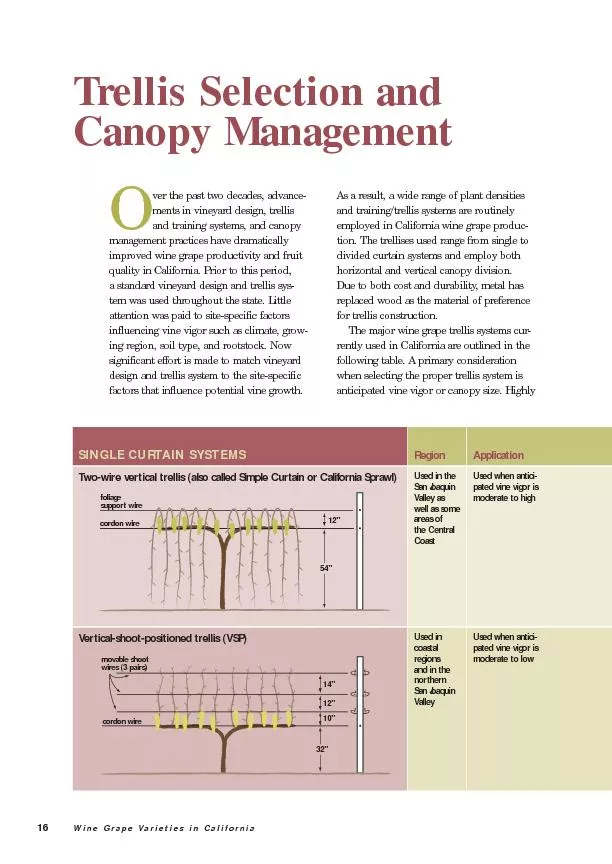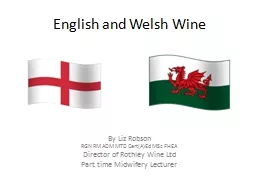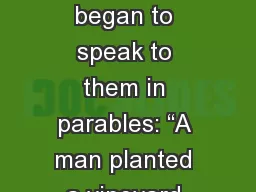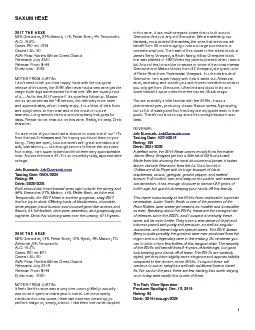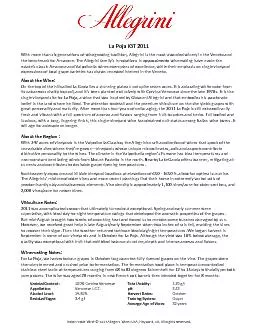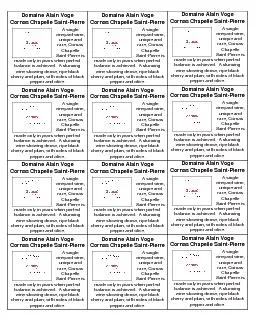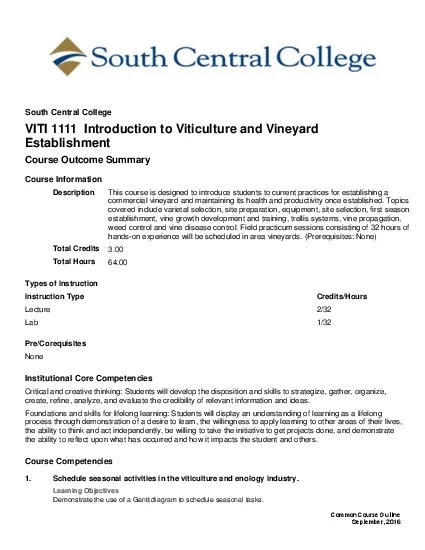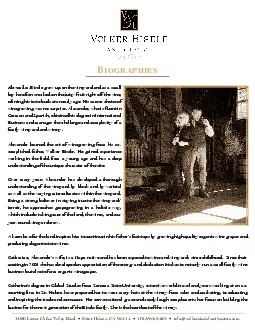PDF-ments in vineyard design, trellis improved wine grape productivity and
Author : pasty-toler | Published Date : 2016-08-15
O Trellis Selection and SINGLE CURTAIN SYSTEMS Region Application Twowire vertical trellis also called Simple Curtain or California Sprawl Valley as well as some
Presentation Embed Code
Download Presentation
Download Presentation The PPT/PDF document "ments in vineyard design, trellis improv..." is the property of its rightful owner. Permission is granted to download and print the materials on this website for personal, non-commercial use only, and to display it on your personal computer provided you do not modify the materials and that you retain all copyright notices contained in the materials. By downloading content from our website, you accept the terms of this agreement.
ments in vineyard design, trellis improved wine grape productivity and: Transcript
Download Rules Of Document
"ments in vineyard design, trellis improved wine grape productivity and"The content belongs to its owner. You may download and print it for personal use, without modification, and keep all copyright notices. By downloading, you agree to these terms.
Related Documents

